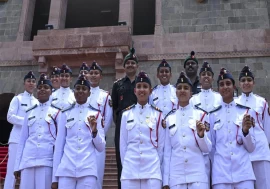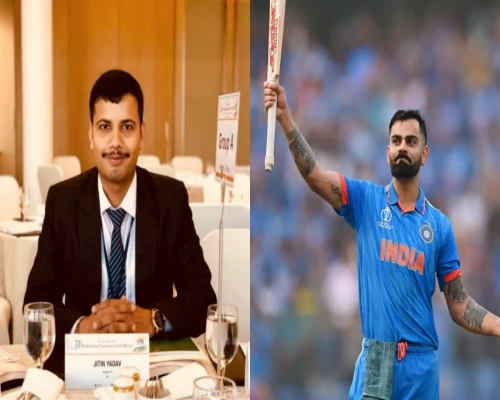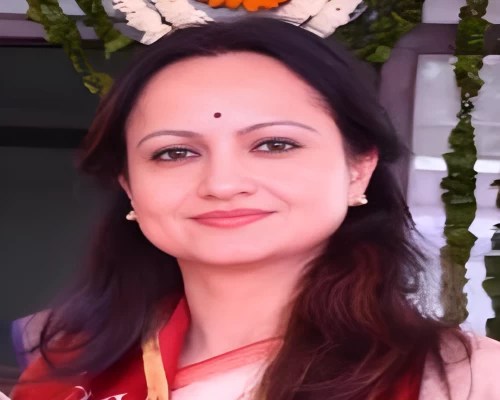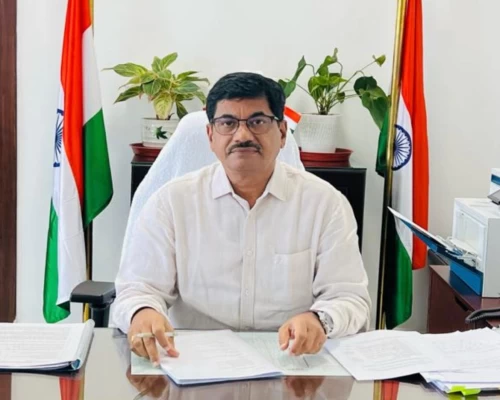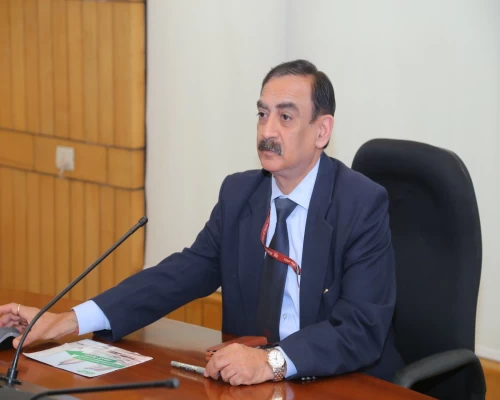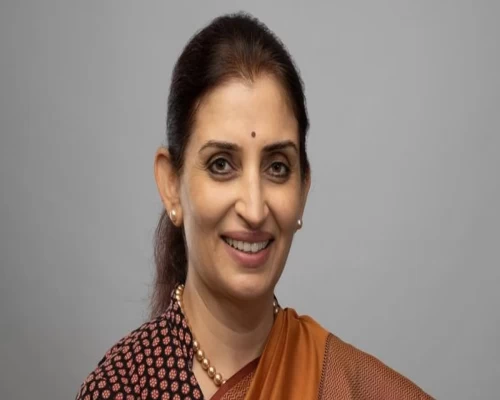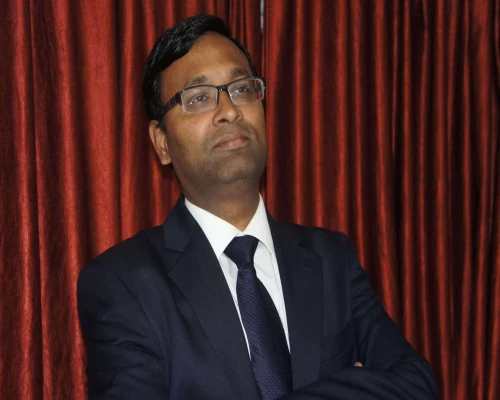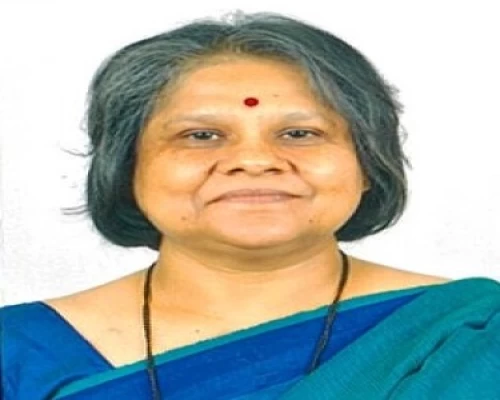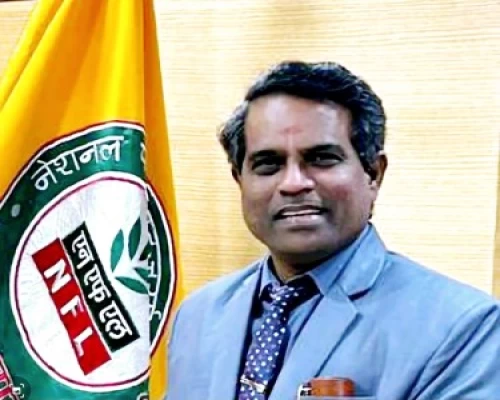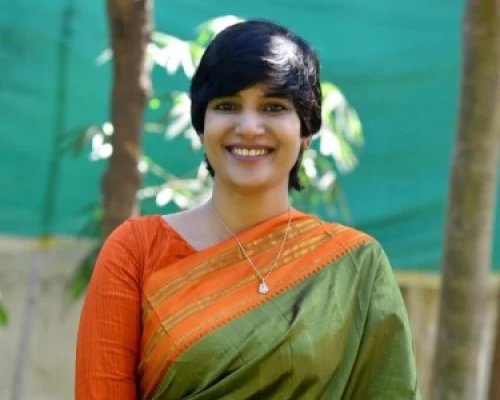_1000_x_500.webp)
Bureaucrats India LEAD, launched in July 2024, is a series of programs on higher education showcasing India’s unique capabilities in providing world-class education across diverse fields, from engineering and management to biotechnology, humanities, law, medicine, and sciences. Our higher education space is among the most vibrant, with sterling contributions from both private and public institutions, imparting world-class education and training to millions of students.
In the inaugural episode of BI LEAD, we were honoured to feature Dr Partha Sharathi Mallick, Pro Vice-Chancellor of Vellore Institute of Technology (VIT), Vellore. Dr Mallick has held several prominent roles, including Dean of the School of Electrical Engineering and Director of Ranking and Accreditation at VIT. Prior to his tenure at VIT, he served at IAB Electronics. A distinguished veteran in electronics, Dr Mallick was awarded the prestigious Jawaharlal Nehru Fellowship for his doctoral studies. He has led numerous research teams and pioneered the development of a virtual lab in microelectronics. His commitment to research excellence has earned him various accolades, including multiple VIT Chancellor’s Awards since 2012, and several research grants from the government.
In an exclusive conversation with Dr Navneet Anand, Editor-in-Chief of Bureaucrats India, Dr Mallick shared valuable insights into VIT Vellore’s contributions to the education sector, its technological innovations, global presence, and other significant features.
Tell us about VIT: how it started, the inspiration, the journey so far, and how it is contributing to the higher education landscape.
G. Vishwanathan is the founder of this institution. He established the institute in 1984 in a small village in Tamil Nadu, initially called Vellore Engineering College. Starting with only 180 students and 3 programmes, he was a successful politician who chose to contribute to India's higher education sector. Today, VIT offers 78 programmes and has 88,000 students across five campuses. From its inception, VIT’s vision was to build a large institution for India. Now, VIT successfully balances both quality and quantity, significantly contributing to the country’s growth.
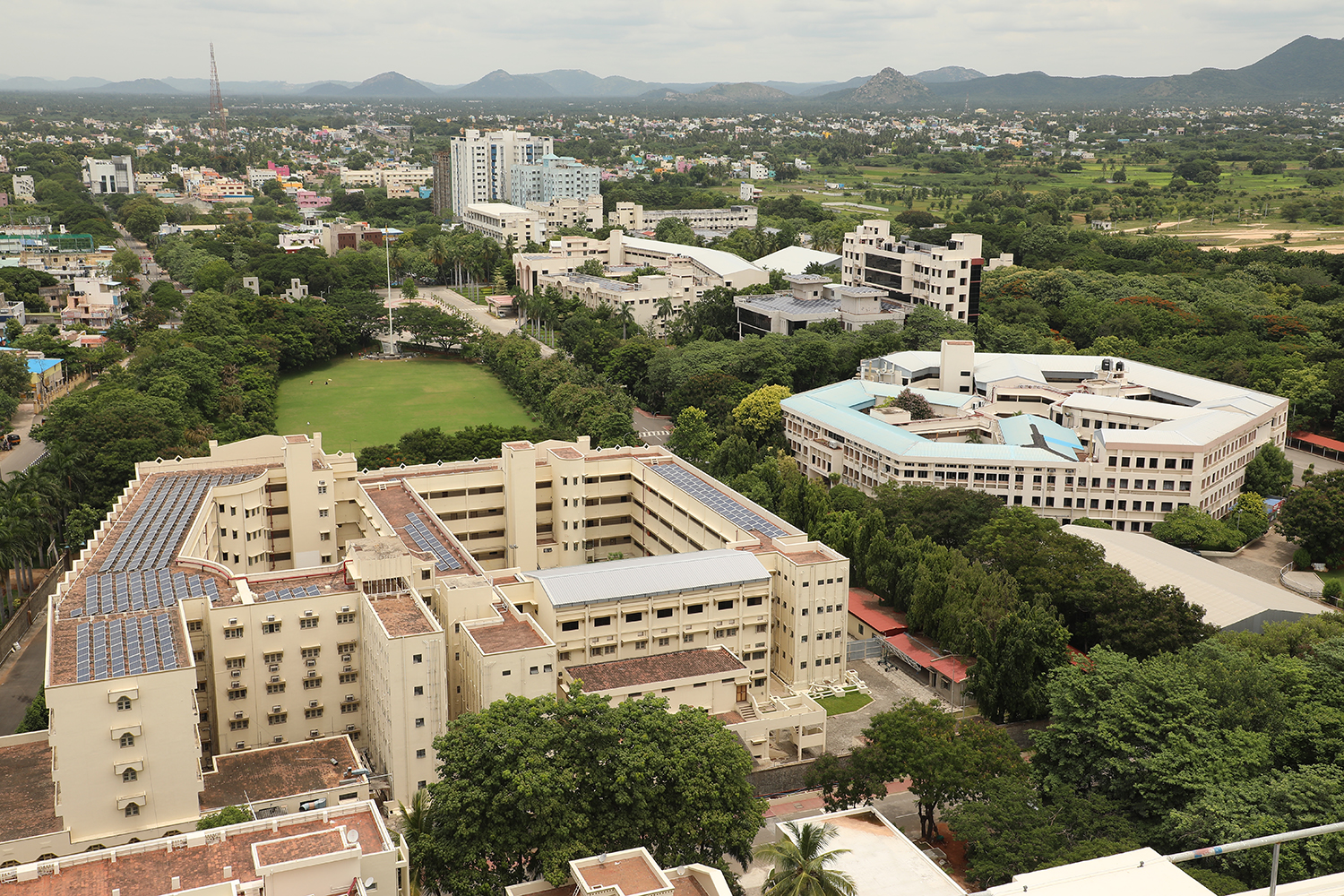
It takes a great deal of quality, effort, adherence, and global parameters to design a programme, curriculum, and pedagogy. How does VIT do that?
India ranks fourth in the number of research papers published but ninth in quality. To improve research quality and the overall teaching-learning process, we must invest more in education, particularly in terms of GDP, as suggested by the new National Education Policy. It is crucial to retain talented individuals by offering higher salaries and better infrastructure in our institutions, especially for research and teaching. This will help ensure that they contribute positively to our country.
What are the future goals you’ve set for yourself in terms of the future scenario? How are you leveraging technology to create a cutting-edge environment for the students?
Our ultimate goal is to establish a world-class institution where students from around the globe choose to study and professors from across the world seek to teach. Although India has national-level institutions, we lack world-class ones. To achieve this, we need top-notch infrastructure, competitive individuals, and a transformative approach to elevate them to a level where they can compete with leading global professors and scientists. We must identify and excel in new teaching and research areas that will be relevant in the next 5–10 years and offer something innovative to the world. Regarding technology, 58 of our 78 programmes are based on Artificial Intelligence and Machine Learning. AI and ML have been integrated into the curriculum and made mandatory for all students, marking a significant transformation in the last five years.
Please tell us about the infrastructure, diversity, R&D, and inclusivity.
Vellore is 135 km from Chennai. The Vellore campus hosts 42,000 students from 75 different countries and all states and union territories of India. People here speak 50 different languages, including various Indian languages. Thirty-three percent of our students are female. The campus is a diverse and inclusive environment, offering programmes for students from different states and countries, including cultural showcases for international students. Our infrastructure includes 17 schools (both engineering and non-engineering), 11 research centres, significant investments in undergraduate and postgraduate labs, and 11 industry-sponsored labs. The campus infrastructure is truly exceptional.
Tell us about the industry interface and placements at VIT.
Industry involvement is integral to our growth. We engage with industry in all aspects, from curriculum development to teaching. Three to four industry experts visit VIT each semester to teach students. Each of the 17 schools organises an industry conclave annually. Our Career Development Centre (CDC) supports placements, and VIT holds eight Limca Book Records. Last year, 940 companies visited the campus to recruit students; this year, the number is already 845. About 90% of our students are placed on campus, while others pursue higher education or start their own companies.
What makes Dr Mallick, an authority on electronics and a global thought leader, so humble?
If you ask me about my next goal, it would be to learn to be humbler. When I became Pro Vice-Chancellor, I decided my duty was to serve the nation. I am not a boss; I am just an ordinary person providing service and support to people. I want to work with them and for them.
What are your favourite pastimes? Your hobbies?
If you love your work, you won’t find it stressful. I love teaching and continue to do so. Providing service to people and working for them keeps me busy. I enjoy my work, and I’ve never felt stressed by it. When I go home, I leave VIT behind and focus on my family. My wife and son are my priority when I am at home.
Watch the full interview:
/BI



